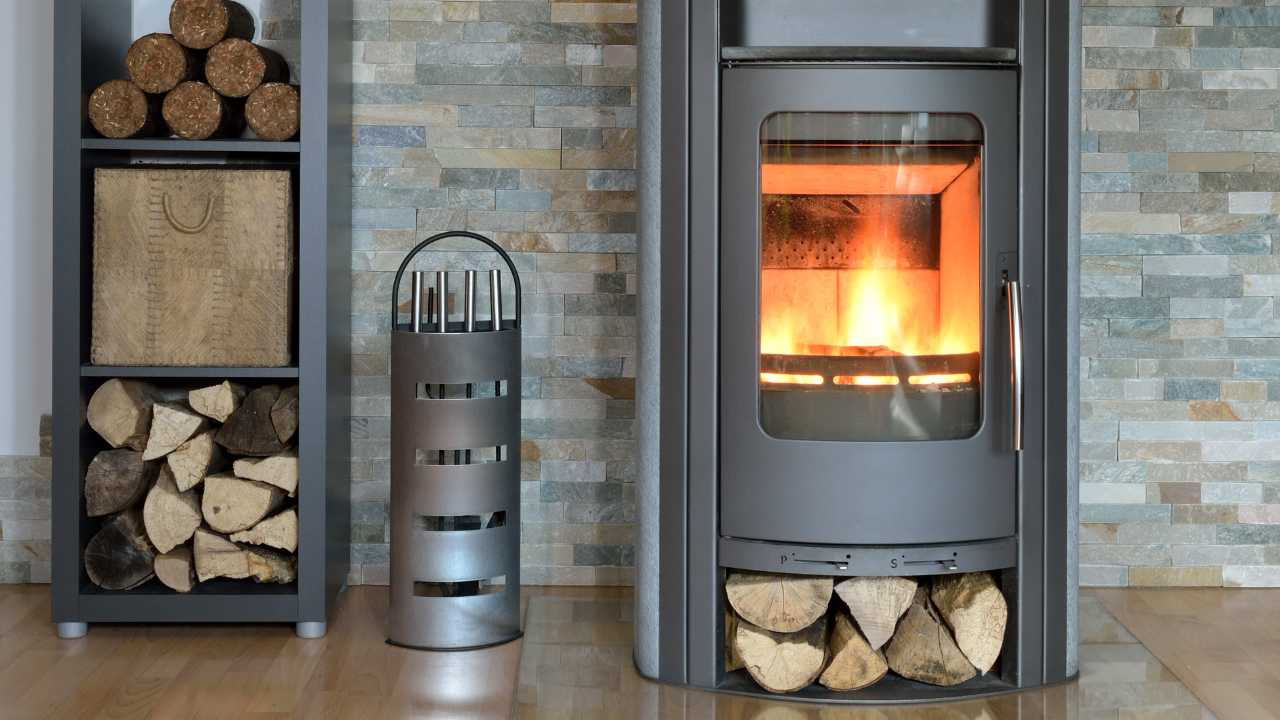Maintaining Your Firewood Stove: Tips for Longevity And Efficiency

A firewood stove can be an excellent choice when heating your home efficiently. Whether you have a modern or traditional wood stove, proper maintenance ensures longevity and efficiency.
These essential tips will help you maintain your wood-burning stoves so you can enjoy a warm and cozy house throughout the colder months.
Why choose a wood-burning stove?
Before diving into maintenance tips, it’s important to touch on why wood-burning stoves are popular among homeowners.
These wood stoves offer an eco-friendly and cost-effective way to heat your home. Burning wood is also a renewable and readily available fuel source, as many shops offer bulk firewood deliveries like Burn the Wood, making it a popular and sustainable heating option.
Proper installation for maximum efficiency
Installing your wood stove is the first step in keeping it in good working order.
Hiring a professional installer or consulting your local dealer for guidance is highly recommended. Proper installation ensures that your wood stove operates efficiently and safely.
Regular cleaning and inspection
Cleaning the firebox

Keeping the firebox clean is one of the most critical aspects of wood stove maintenance.
Over time, ash and creosote can build up, reducing the stove’s efficiency and potentially causing safety hazards. Make it a habit to remove ashes regularly and thoroughly clean them at the end of each heating season.
Inspecting the firebricks
Check the condition of the firebricks inside your wood stove. These bricks line the firebox and protect the stove’s steel or cast iron walls from excessive heat. If you notice any cracks or damage, replace the firebricks promptly to maintain the stove’s heat-retaining ability.
Pay attention to combustion technology
Understanding catalytic combustors
Some modern wood stoves come equipped with catalytic combustors. These devices help reduce emissions and improve efficiency by re-burning smoke and gases. Regularly inspect and clean the catalytic combustor to ensure optimal performance.
Burn dry wood
Using well-seasoned logs with a low moisture content is essential for efficient combustion. Wet or green wood can lead to excessive creosote buildup and reduced heating efficiency. Maintain a wood pile and ensure the logs you burn are properly seasoned.
Enhancing efficiency and safety
Properly maintain the chimney
A clean and well-maintained chimney is crucial for safety and efficiency. Schedule annual chimney inspections and cleanings to remove creosote buildup and prevent potential chimney fires.
Utilize a screen
For added safety, consider using a fireplace screen to prevent sparks and embers from escaping the wood stove and potentially igniting nearby objects in your house.
Choosing the right wood stove
Cast iron or soapstone stoves
When purchasing a wood-burning stove, consider the material.
A cast iron wood stove is durable and heats up quickly, while soapstone stoves retain heat for extended periods, providing more consistent warmth in your home.
Dependable construction
Look for stoves from reputable manufacturers known for their dependable construction and quality materials. A well-crafted wood stove is likely to have a long and efficient life.
Final words
Maintaining your firewood stove is vital for its longevity and efficiency. By following these tips, you can ensure that your wood-burning stove continues to provide warmth and comfort to your home for years to come.
Invest in regular maintenance, burn suitable wood, and choose a high-quality stove to make the most of this eco-friendly heater.



